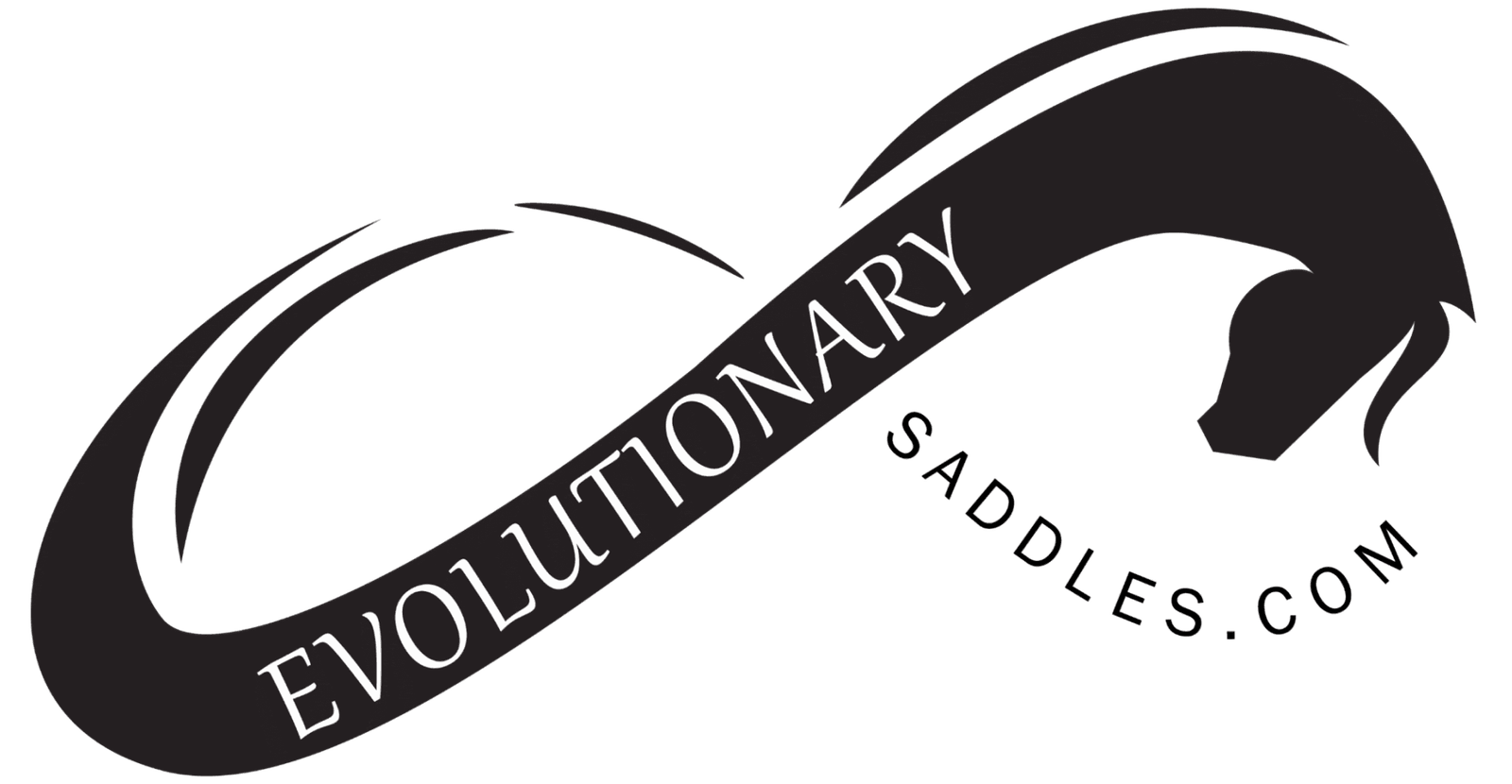
Delrin® Panels are available for saddle makers worldwide to use on their saddles! Developed by the NASA space program, Delrin ® is used throughout all aviation aircraft and in the medical field.
The Original Ortho-Flex ® Saddle Company developed the panels using the Delrin sheets, which were the heart and soul of Ortho-Flex.
Don’t Be Misled
There are many companies that use the word “flex” in their marketing to sell their saddles.
Make sure you are getting the Delrin® panel and not some facsimile of “flex”, “panel”, rubber or rawhide. Some even have wood or plastic bars that are hinged on the fork and cantle.
A horse’s shoulders and back move with every step. The “flex” needs to move as quickly and as freely in all directions, while distributing the rider’s weight evenly.
Delrin® material is such a product. It will not fatigue, misshape or wear out easily, and will last over years of riding.
One critical point to remember when buying a saddle is that the basic saddletree itself must be straight, not handmade. The CNC machines that make these saddletrees are key in the function of your saddle.
I’ve put together a retrospective look at the different types of flexible panels as they evolved starting in 1982 and those offered to date. I wanted to better illustrate the progress in technology represented by various saddle makers.
We begin with the foundation technology, from the Original Ortho-Flex 1 System. This original system subsequently led to Systems II, III, IV, V, VI VII, VIII, IX, and X with the variations and extras.
What is Delrin®
Early in 1950 research director and chemists Frank C McGrew developed a tough and heat resistant material he called “synthetic stone.”
Delrin ® (Polyoxymethylene) is an acetal homopolymer resin that is a durable lightweight crystalline plastic.
During the years of development, which involved a patent dispute, DuPont patented Delrin® in 1956.
It has an excellent balance of desirable properties that bridge the gap between metals and ordinary plastics.
Delrin® has memory, that allows it to return to its natural shape. This is imperative for the horse so that the panel is never stuck in any one flex.
With a unique combination of strength, stiffness, tensile strength, and hardness. Coupled with the dimensional stability, fatigue resistance, solvent and fuel resistance. Not to mention the abrasion resistance, low wear, low friction, with high fatigue endurance, corrosion resistance and mechanical resilience.
These outstanding characteristics of Delrin® make it popular for its versatility.
With a broad use in industry applications, such as automotive, aerospace, electrical and medical applications.
The First Delrin Saddle Panel
The System I or Mock I patent (6/26/1986-USA)
The original system used when the Brown Performance Saddle Company started in 1982.
Len Brown then incorporated his business and the Ortho-Flex Saddle Co. came into existence in 1986. This is the first and oldest system developed by the Original Ortho-Flex, and marks the beginning of the Ortho-Flex story.
This relatively simple system, with one layer of Delrin in the panel. System I is capable of allowing enough room for shoulder rotation and fits a wide range of back types.
However, it is not fully capable of following the full range of motion along the back. It cannot sink or rise in the middle, for example, as the panels are not fully independent of the saddletree.
It is therefore necessary with System I to pay attention to the type of tree relative to the type of back, and is not as “user-friendly” as the systems to follow.
The Ortho-flex saddle with System I panels is still regarded as a flexible panel saddle.
As is the flexible panel system in later evolutions that is fully independent of the saddletree.
Made of a single .093 inch of Delrin, the panels were attached to the tree about 6″ inwards from the ends of the bars. On top of that the panels were 1 ½” longer than the successor, System II.
Creating longer skirts, not ideal for short backed or deep backed horses.
The panels were mounted with a wood screw and washer into the tree. The system had a few advantages, being less expensive to build, and a little easier to mount the panels.
This system was eventually replaced by System II. Since it did not allow the panels to flex downward in the middle with the horse’s back.
Requiring the panel stiffness to be adjusted to compensate for the increased rider’s weight.
Tree shape was also critical for the system to function so custom fitting through tree changes was often necessary.
The System I was a vast improvement over the traditional saddle in weight-bearing area. Although it required a tree shape not adaptable to all types of riding.
In the next installment we’ll go over the System II – “The Successor – A New Mounting System”
